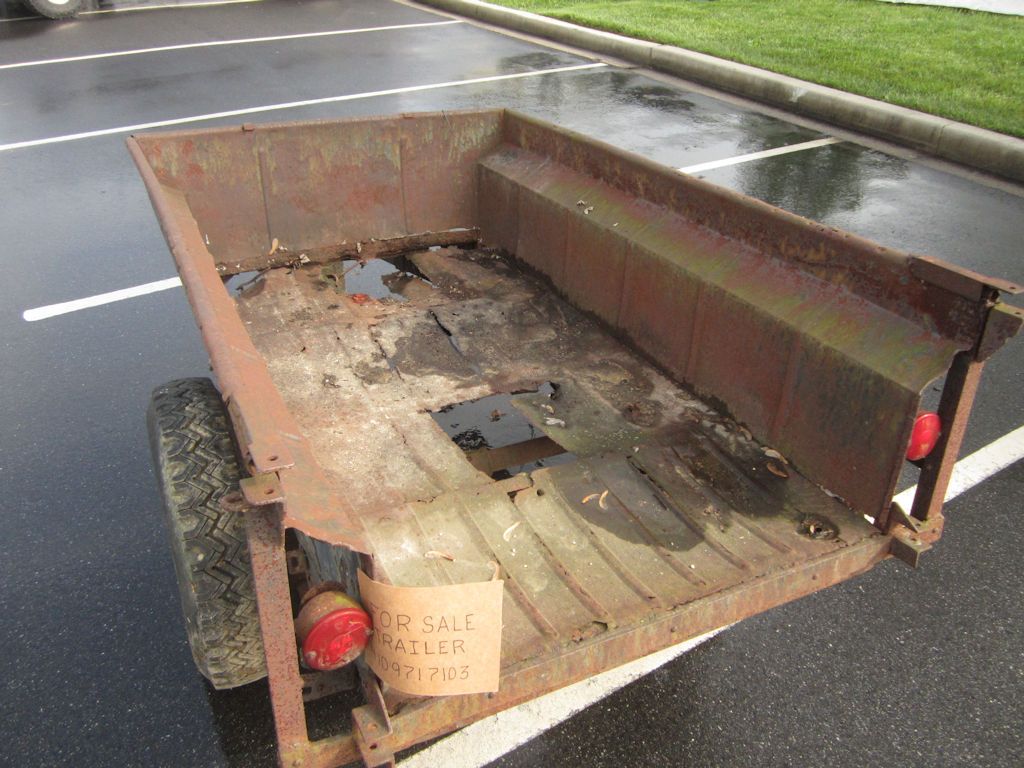Well I have read most of the three books I bought so time for some questions. I won't ask all of them at once as it may be overwhelming. But before the questions, some of my design goals.
I plan to make a hot tub cover to replace the wood and plastic one I have. It is 8' x 12' to cover a 7' x 11' hot tub. My design parameters are...
- Must support its own weight.
- Must be light enough my 14 year old daughter and wife can lift it. Both are petite at about 5' 1".
- Can't leave fiberglass behind so plan to devise a way to connect it to HDPE runners so the cover itself is not dragged on the top of my sandstone hot tub.
- Can't degrade in sunlight.
- Due to size strength is important.
a. Sides will be thicker than the top for added strength to support the horizontal face.
b. For optimum strength of the horizontal face I will plan to use four layers unidirectional fabric and one layer of mat to prevent print through. The unidirectional fabric layers will be at 90 degrees from the previous layer.
Now for the questions.
- What size air compressor and flow rate do you have. I have a small one I want to replace with a Dewalt but I want to make sure it is big enough, primarily with the flowrate. The flowrate is 5.0 SCFM at 90 PSI. Is that enough to power all the tools you use: dump gun, sanders, cutters, etc.
- Given the size of my project, I don't think I can lay it up efficiently unless I do it vertically and I don't want to try that. Reading the book makes it sound like that is much harder. Thus I am thinking three 8' x 4' sections that I will bond together later. Given that, I have some related questions.
a. When layering, it indicates you want to begin the next layer when the previous layer is tacky but before it is completely cured/dry or it will not have a chemical bond. Do you usually wait for it to get tacky or start with the next layer immediately after you finish the previous layer.
b. Given the above comment about adding layers before the previous layer dries, I don't think there is any way possible to build the three 8' x 4' sections and connect them before the last layer has dried. Any thoughts on this issue? Have you ever combined any parts after the previous layer dried? Was it very strong? I guess the worst case scenario is I leave it as three separate pieces. I guess that wouldn't be a horrible outcome but not preferred. Of course these thoughts are without given much thought to the weight of such a large one piece cover.
c. Hopefully I remember this correctly. Resin has no wax in it so it is cure inhibited, which indicates it will not dry completely. Later, I read info indicating to always lay the next layer before the previous layer dries (ie question 2.a). This seems to be contradictory?
- Do you use a cartridge respirator?
- All of your molds are female molds so you start with the gel coat. My plan was a male mold until reading the book. It indicates I can't create a male mold, do my fiberglassing, and then add a gelcoat. Am I reading that right?
a. What gel coat do you use (brand, type)?
- Does gel coat have UV inhibitors? Or is that just something you ensure to spec out?
- Do you buy your supplies locally or online?
That should do it for now. I greatly appreciate your offer to help answer questions. Hopefully this isn't too much.
I plan to build one about 2' x 3' or 4' x 6' for testing and learning.

 .
.















